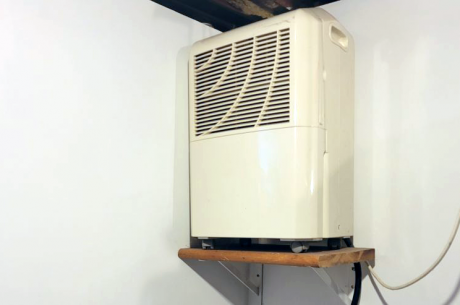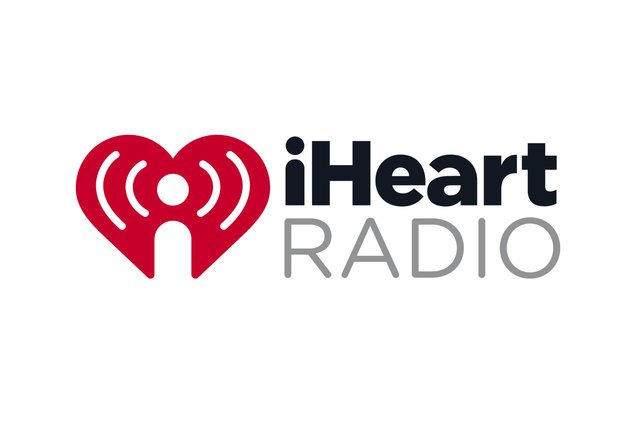Do You Have Ugly Mold on Your Bathroom Ceiling?
People don’t often look up, but when they do look up in their bathroom, many are shocked to see splotches of mold and mildew dotting their ceilings.
Immediately, questions spring to mind:
- Is that really mold?
- Should I clean it up?
- Can I do it myself?
- Is it dangerous mold?
- And how did it get on my ceiling in the first place?
In Matawan, NJ, the battle against ceiling mold is real–and it’s a year-round challenge. Mold thrives in our humid summers and rainy seasons. But even in winter, shower humidity can get trapped when doors and windows are closed to keep out the cold. The poor ventilation causes mold to flourish!
At PuroClean of Matawan, we get many calls about mold infestations in bathrooms, particularly on the ceiling. To help you tackle this common issue, we’ve put together a guide to address some of our frequently asked questions about bathroom ceiling mold.
Understanding Mold Growth on Bathroom Ceilings
Mold spores love your bathroom’s humid environment. Steam and moisture from showers create a perfect breeding ground, especially when the bathroom has poor ventilation. Since heat rises, bathroom ceilings collect excess moisture, leading to mold growth. Roof leaks can also be a potential source of moisture intrusion that can lead to mold growth on bathroom ceilings.
Humidity affects more than just your ceilings. If you see mold on your ceiling, you likely have mold in hard-to-reach areas like corners and cracks, making removing it difficult. Recognizing these conditions is crucial for preventing and tackling mold effectively.
- You might also like: How to Keep Your Basement Humidity Levels Healthy
Is it Really Mold? Identifying and Addressing the Issue
Not sure if it’s mold or mildew on your bathroom ceiling? It could be both. Mold and mildew often grow together because they thrive in similar conditions.
Here’s how to tell the difference between mold and mildew. Look for black splotches or stains—these are common signs of mold growth. Mold grows in many colors, including black, green, yellow, magenta and brown. Musty odors or signs of water damage also often indicate the presence of mold.
Mildew, often mistaken for mold, usually appears as a thin, white, or gray patch and is easier to clean. Mildew grows on surfaces and usually on living plants, but mold grows on porous surfaces.
Promptly addressing mold and mildew will help maintain a safe and healthy bathroom environment.
Is it Black Mold?
Black mold, or Stachybotrys chartarum, is less common in bathrooms but can still show up. It typically appears dark black or greenish-black and has a slimy texture when wet. If it dries out, it can appear powdery. It commonly grows on cellulose-rich materials like drywall, wood, and paper products.
Hire a professional mold inspector for testing. This professional can explain the results compared to outside air testing and then create a protocol for a mold remediation company to follow.
It’s important to address mold quickly due to health risks, which could include respiratory issues and allergic reactions. Stachybotrys chartarum can be very harmful. It produces mycotoxins that can cause health problems if left unchecked.
To Remove Mold Spores, Suit Up and Break Out the Spray Bottle
Ready to tackle that mold on your bathroom ceiling? You’ll need a spray bottle, a mold-killing cleaning solution, rubber gloves, goggles, a respirator or mask, and a scrub brush.
First, make sure to wear your protective gear. Gloves and a mask are needed to prevent exposure to mold spores, and goggles will protect your eyes from splashes of cleaning solution.
Next, focus on improving ventilation in your bathroom. While you work, turn on the exhaust fan or open a window to keep the air circulating. Keep the bathroom door closed to the rest of the house to make sure that you are not spreading mold spores to other parts of the house. The moving air will help reduce the buildup of cleaning solution fumes, making the task safer and more pleasant.
How to Get Rid of Mold on a Bathroom Ceiling
Once you’ve suited up and prepped your bathroom, it’s time to remove the mold from your ceiling. Here’s how:
- Apply a Cleaning Solution:
To kill mold spores, use a product containing hydrogen peroxide. Spray the affected area generously and let the solution sit for a few minutes. Remember, never mix household chemicals! - Scrub the Area:
Use a soft-bristled scrub brush or cloth to scrub the mold off the surface. Make sure to reach all the nooks and crannies where mold might be hiding. - Repeat and Dry:
Reapply the solution to make sure that you have gotten all of the mold spores. Remember, the spores are microscopic. The mold you actually see is a colony of spores that have flourished and grown together. That mold is just part of the picture. Then, dry the area thoroughly. - Preventive Measures:
Consider applying mold-resistant paint to prevent future mold growth. These products create a barrier that mold cannot penetrate.
If the ceiling needs replacing, use purple or green sheetrock. It has extra protection against moisture as compared to ordinary sheetrock. Paint the ceiling with mold-resistant paint. Note that the glossier the paint, the easier it is to wipe away mold.
A Note on Bleach
A diluted bleach solution can kill mold on hard, non-porous surfaces like tiles, bathtubs, and countertops. Spraying bleach can also remove surface mold stains and disinfect the area.
However, mold grows on porous surfaces, too. Since bleach cannot penetrate all surfaces to kill the mold roots, bleach is not recommended for mold removal. Also, bleach can be harsh and produce harmful fumes. So, you need proper ventilation and protective gear if using it.
Porous materials often need special products to kill mold and mold spores. You can also remove and replace the affected materials.
Preventing Future Mold Infestations
Controlling excess humidity is key to avoiding a mold problem. To reduce moisture, run your bathroom vent fan, open a window, or keep the door slightly ajar while showering. Run your bathroom exhaust fan or keep the window open for at least 20 minutes after using the shower. Improving air circulation and ventilation will help keep your bathroom dry and help prevent mold.
Address underlying issues such as clogged bathroom fans, which can contribute to mold growth. Regularly cleaning and maintaining bathroom vents will also help prevent mold.
The Role of Bathroom Exhaust Fans in Mold Prevention
Do you have an exhaust fan? Does it work properly? Do you remember to turn it on? Do you leave it running 20 minutes after showering to remove excess moisture?
Even with windows or an opening skylight, you need a fan. It cuts down on humidity and prevents mold growth.
If you don’t have a bathroom fan, consider having an electrician install one. They will measure your bathroom to install the correct fan size based on the cubic footage. Vent the exhaust outside the house, never into the attic or eaves. For renters without an exhaust fan, keep the window open for at least 20 minutes after showering to help manage moisture buildup.
When to Call the Pros for Mold Removal
For larger areas of mold, especially if they are larger than 10 square feet, it’s wise to consider hiring a professional. Mold can spread quickly and penetrate materials, making it hard to eradicate without special equipment and expertise.
Professional testing may be necessary if you suspect you have toxic molds like black mold. These molds can be dangerous. Identifying the mold is crucial for effective remediation.
Your Trustworthy, Local Mold Remediation Company
PuroClean of Matawan is a locally owned mold removal and remediation company serving Matawan and nearby cities in Monmouth County. We take pride in hiring background-checked, IICRC-trained technicians to ensure the best customer experience.
If you see signs of mold, contact PuroClean of Matawan. We can help! Our team can handle mold growth of any size and offers comprehensive solutions to keep your home safe and mold-free. Don’t let mold compromise your health and home—contact us today at (732) 351-2442.




 PuroClean of Matawan
PuroClean of Matawan